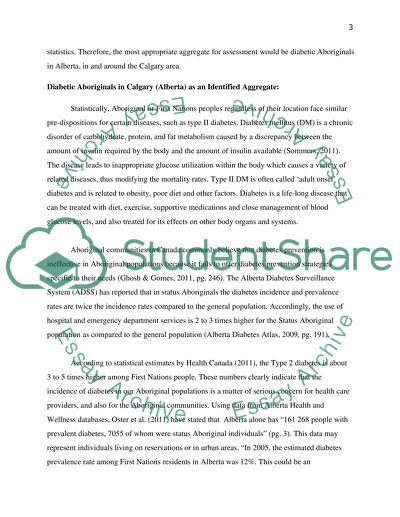Cite this document
(“Canadian Aboriginal Community Assessment and Diagnosis Essay”, n.d.)
Canadian Aboriginal Community Assessment and Diagnosis Essay. Retrieved from https://studentshare.org/nursing/1609463-community-assessment-and-diagnosis
Canadian Aboriginal Community Assessment and Diagnosis Essay. Retrieved from https://studentshare.org/nursing/1609463-community-assessment-and-diagnosis
(Canadian Aboriginal Community Assessment and Diagnosis Essay)
Canadian Aboriginal Community Assessment and Diagnosis Essay. https://studentshare.org/nursing/1609463-community-assessment-and-diagnosis.
Canadian Aboriginal Community Assessment and Diagnosis Essay. https://studentshare.org/nursing/1609463-community-assessment-and-diagnosis.
“Canadian Aboriginal Community Assessment and Diagnosis Essay”, n.d. https://studentshare.org/nursing/1609463-community-assessment-and-diagnosis.


